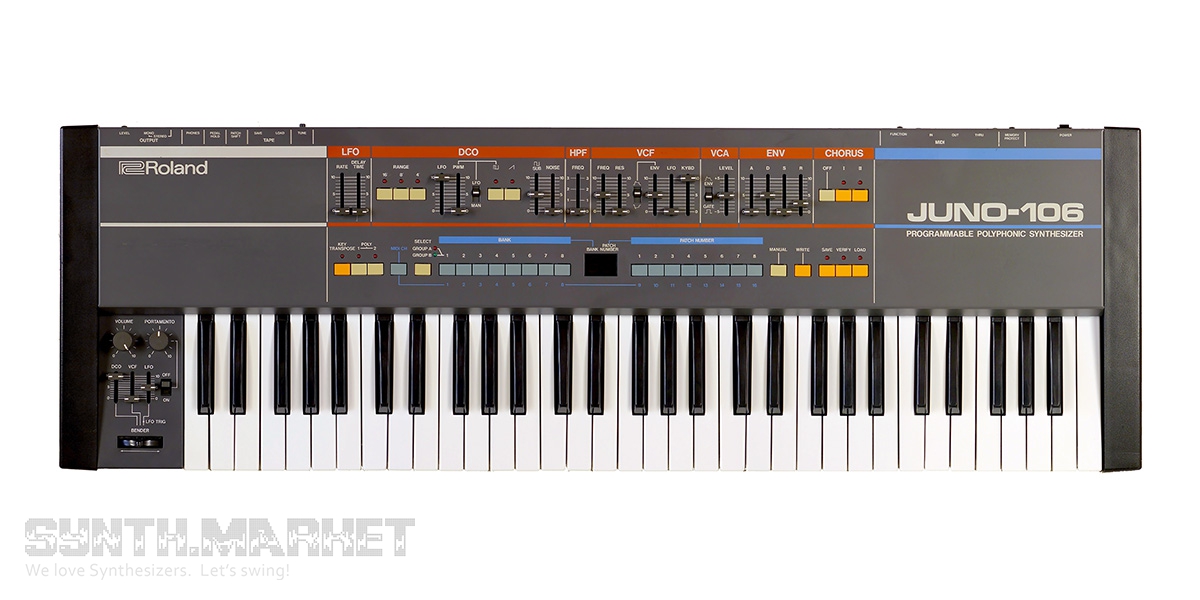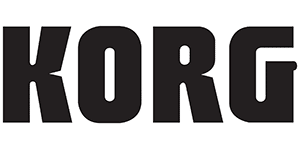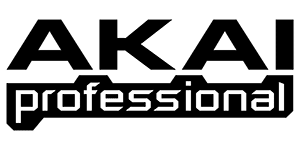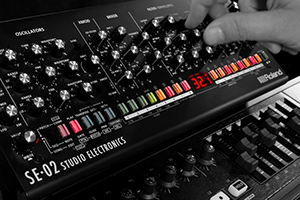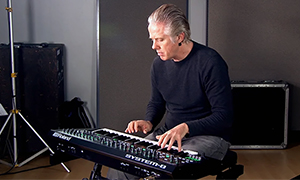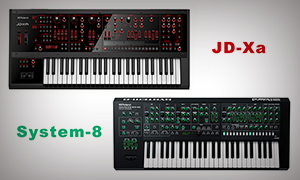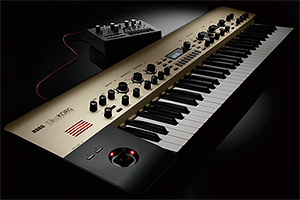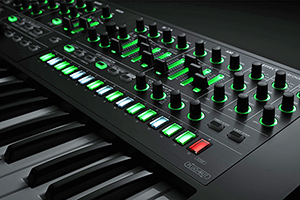Juno-106 is Juno-6 and Juno-60 successor. Though unlike its ancestors, it features 128 presets that can be saved and offer a quick switch between them – that might have determined its popularity. This synthesizer supports MIDI control and responds to SysEx commands - it allows editing and uploading presets via computer (VST-AU JUNO-106 Editor by rekon, Juno 106 Editor by Benjamin Jaeger, etc.).
The sound of Juno-106 is still relevant. This synthesizer can be heard in albums recorded by:
Daft Punk,
The Chemical Brothers,
Justice,
Moby,
The Prodigy
and many others.
The core of the synthesizer comprises six DCOs (Digitally Controlled Oscillators): these are analog modules controlled by a microcontroller - Roland 80017A. This method made it possible to eliminate the pitch drift inherent in analog synthesizers. And here Roland Corporation made a mistake, or a miscalculation (after all, no one knew how long Juno-106 would be in demand). DCO modules are located on separate boards soldered to the main board at a 90-degree angle. These boards were covered with a black-colored thermoactive polymeric resin, and considering that this material ceases to be a dielectric (it starts to be conductive), the modules simply burn out and the synthesizer loses its voices. Fortunately, this can be cured! There are modern clones 80017A (for example AR80017A).
The excellent LowPass Filter is worth mentioning - it's analog, it has a slope of 24dB/oct with resonance control, it's possible to modulate the LFO (built-in low-frequency oscillator) or envelope to get those wobbles and quacks. There is also a non-resonant Hi Pass Filter. The LFO features frequency and depth control. You can manage ADSR parameters. DCO, VCF, LFO parameters can be controlled with a bender.
Juno-106 offers a built-in analog stereo chorus, based on BBD technology with two types of sound. Chorus has a peculiar vintage color inherent in the guitar pedals of that period.
The 61-note keyboard of standard size is not dynamic – the keys remind of buttons.












